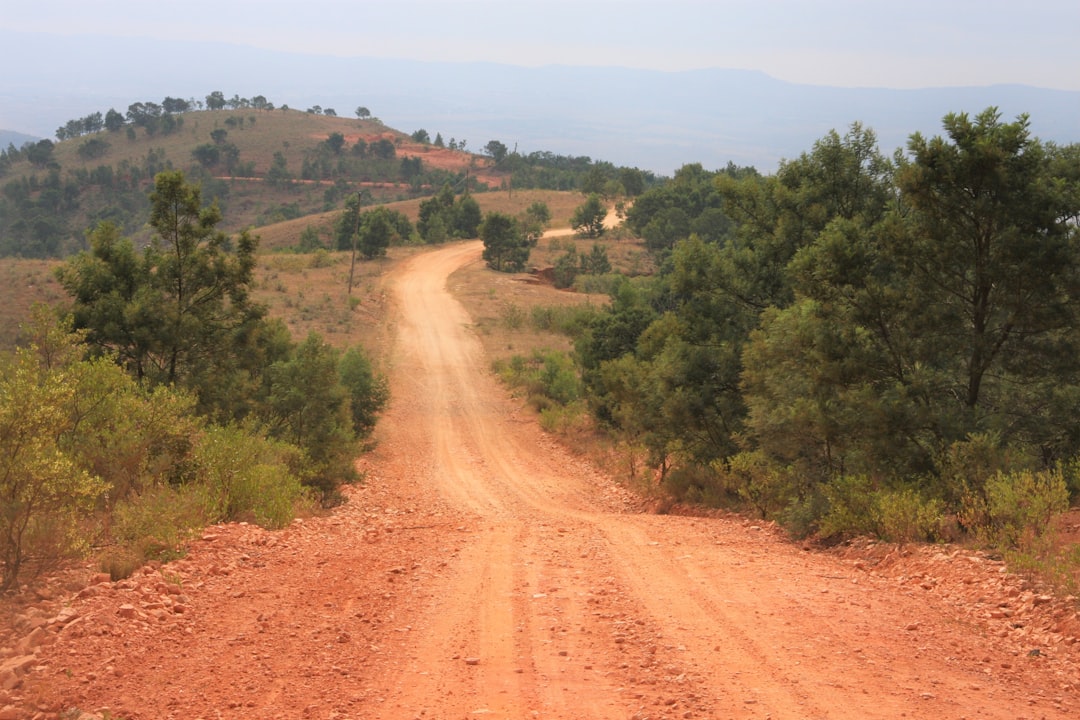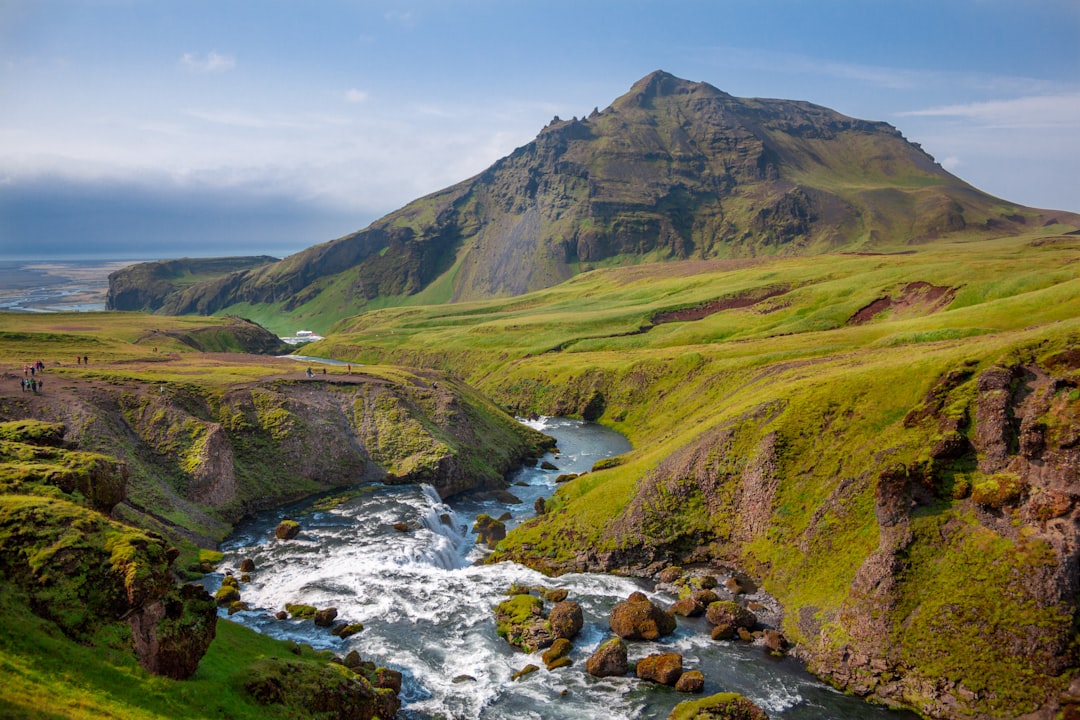What is it about?
► Repeated absolute gravity (AG) to monitor elusive gravity changes with a precision better than 3.7 nm/s²/yr (2σ) after 11 years. ► The gravity rates of change lie in the [−3.1, 8.1] nm/s²/yr interval at all stations except Jülich (because of man-induced subsidence) ► Due to a combination of anthropogenic, climatic, tectonic & glacial isostatic adjustment effects.
Featured Image
Why is it important?
Measuring slow (at the mm/year level or smaller) vertical land movements is challenging, especially at the regional or continental scales. The GNSS technique is quite appropriate for measuring relative deformations, but estimating absolute deformation (i.e. not with respect to another station allegedly fixed but with respect to a stable reference) requires a much better mastery of the vertical reference frame than is presently achieved. It remains challenging, using relative measurements, to determine if Northern Europe is moving vertically as a whole or not, at least at the millimetre precision level.; such a precision is required when dealing with sea-level changes. In addition, from the metrological point of view, it would be dangerous to rely on measurement from only one technique to determine the vertical motion, even more so if the vertical component is the well-known weakness point of the technique.
Read the Original
This page is a summary of: Repeated absolute gravity measurements for monitoring slow intraplate vertical deformation in western Europe, Journal of Geophysical Research Atmospheres, August 2011, American Geophysical Union (AGU),
DOI: 10.1029/2010jb008174.
You can read the full text:
Contributors
The following have contributed to this page










